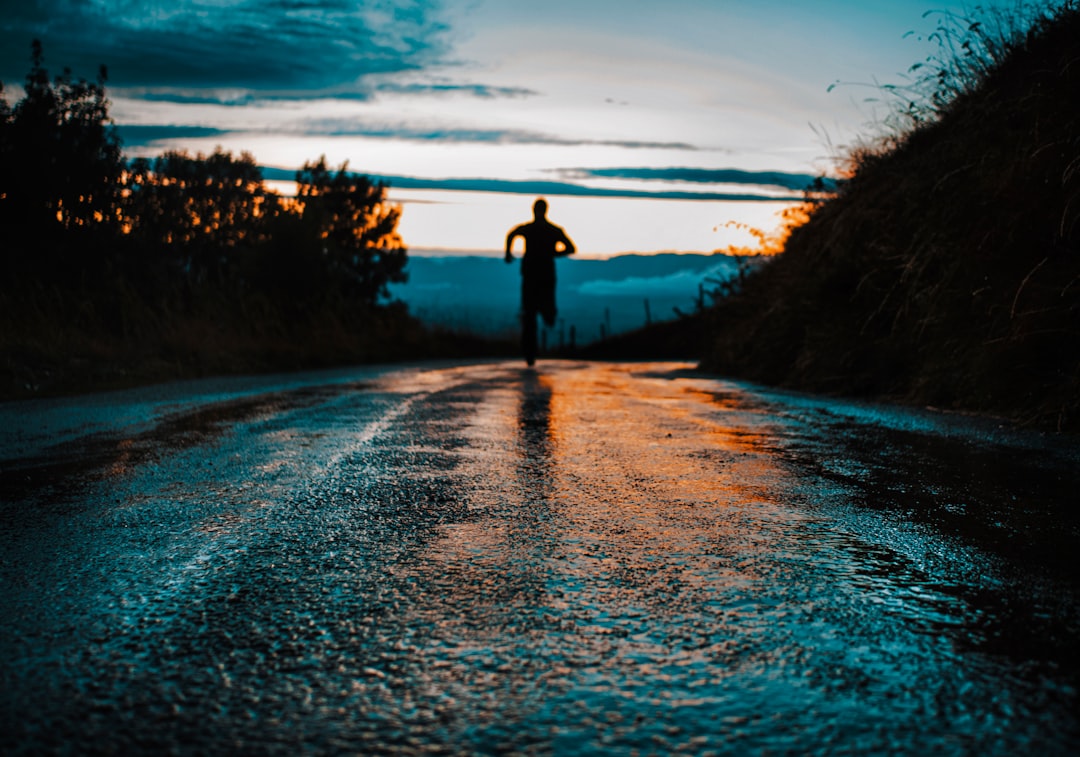Tips on Overcoming Emotional Overeating
Emotional overeating is almost a joke in our society – movies, TV shows, and the resulting stereotypes cause many of us to laugh about how much ice cream it takes to get over a boyfriend, or how much chocolate we need to overcome rejection. But for those who actually suffer from emotional overeating, it’s anything but funny.
First, it helps to be honest with yourself and identify if you have this problem or not. Here are some tips to help you know if you are an emotional over eater or not.

- Keep a food diary. In this diary, in addition to noting everything you eat, also note how you feel when you eat – sad, angry, upset, elated, joyful, etc. Don’t judge yourself or make any changes to your habits when you begin keeping this diary; you’re not trying to impress anyone or prove anything. You are trying to get an honest picture of your eating habits. After several weeks, a pattern will probably emerge.
-
Are you under a lot of stress? Do you find that you gain weight when under stress? There are other factors that can come into play, of course, causing you to gain weight. But this is something to consider if you are trying to figure out if you have an emotional overeating problem or not.
-
Get advice from a therapist or specialist if you really want to find out if you are a victim of emotional overeating.
How Can It Be Overcome?
If you have identified emotional overeating as something you suffer from, you may benefit from some tips on overcoming this problem. Here are some to consider.
- Seek stress relief
If you overeat in response to stress, it makes sense to find alternative ways to relieve and manage that stress. Meditation, Yoga, Pilates, martial arts, and other regular forms of exercise and relaxation techniques can help alleviate the stress that is triggering your overeating.
- Swap goodies for goodies
Try to find substitutions for the comfort foods or food rewards you seek when you are feeling positive or negative emotions. Having something in place already is key – keep a list handy or other reminder that will prompt you to turn to the alternative rather than the candy bar. (Some alone time, a short walk, reading a magazine or book for pleasure, doing your nails, etc. are all little emotional pick-me-ups that you can implement in place of food.)
- Why am I doing this?
Before eating, ask yourself why you are doing it. Do you feel genuinely hungry? If you’re truly hungry, you may feel fatigued and, of course, feel hunger in your stomach. Ask yourself if you really feel hungry or if you are seeking an energy boost or a calming effect instead.









